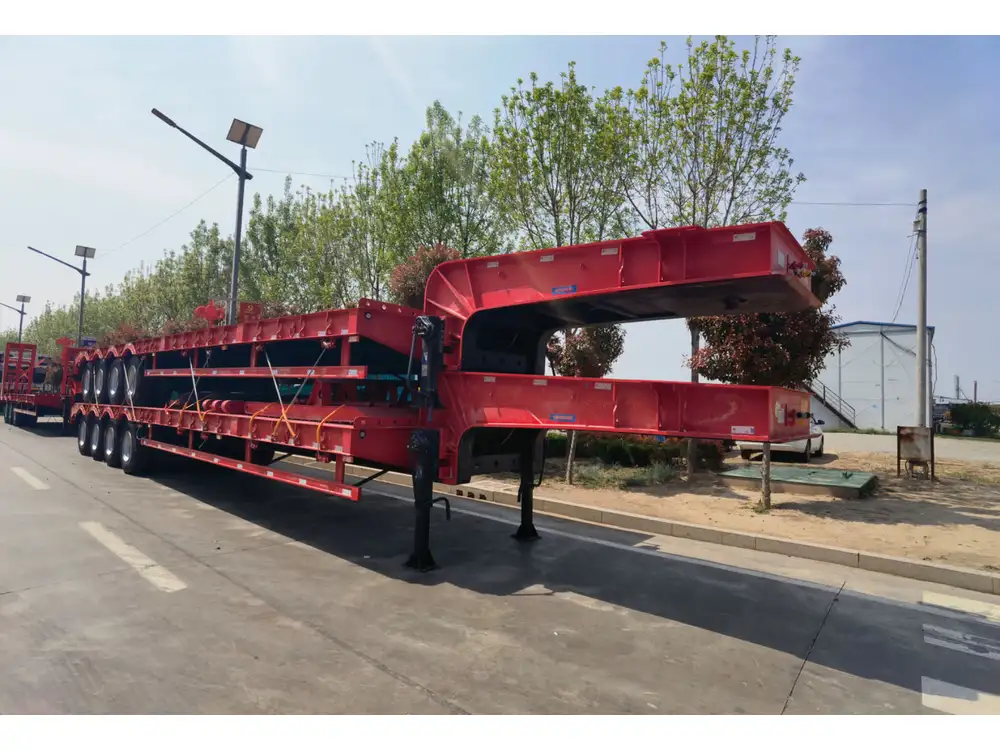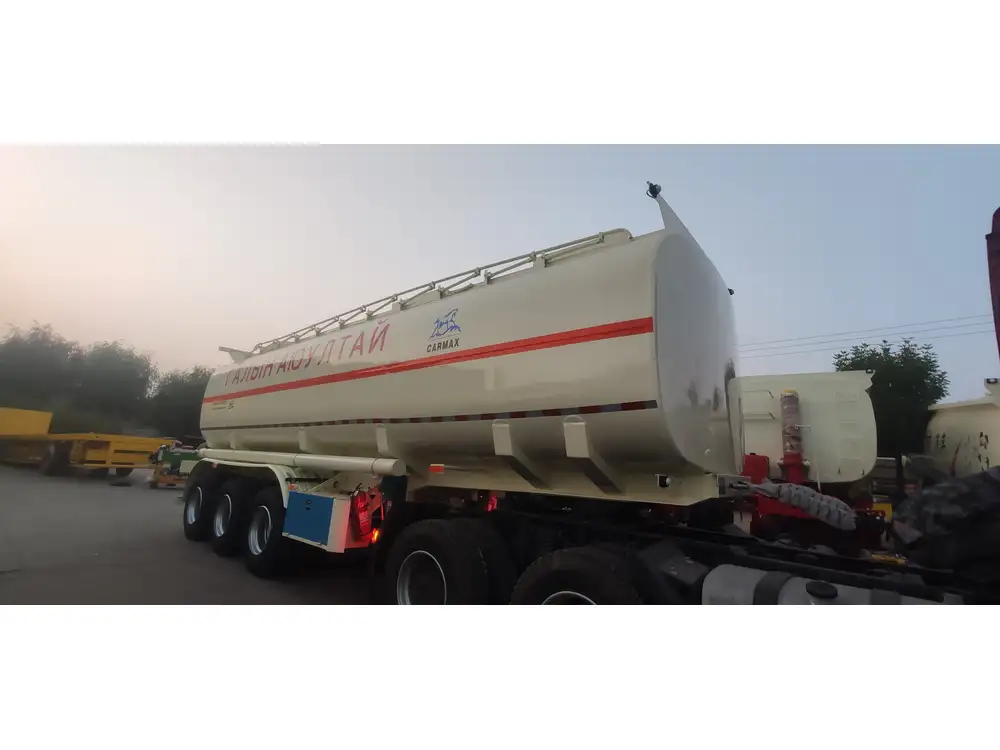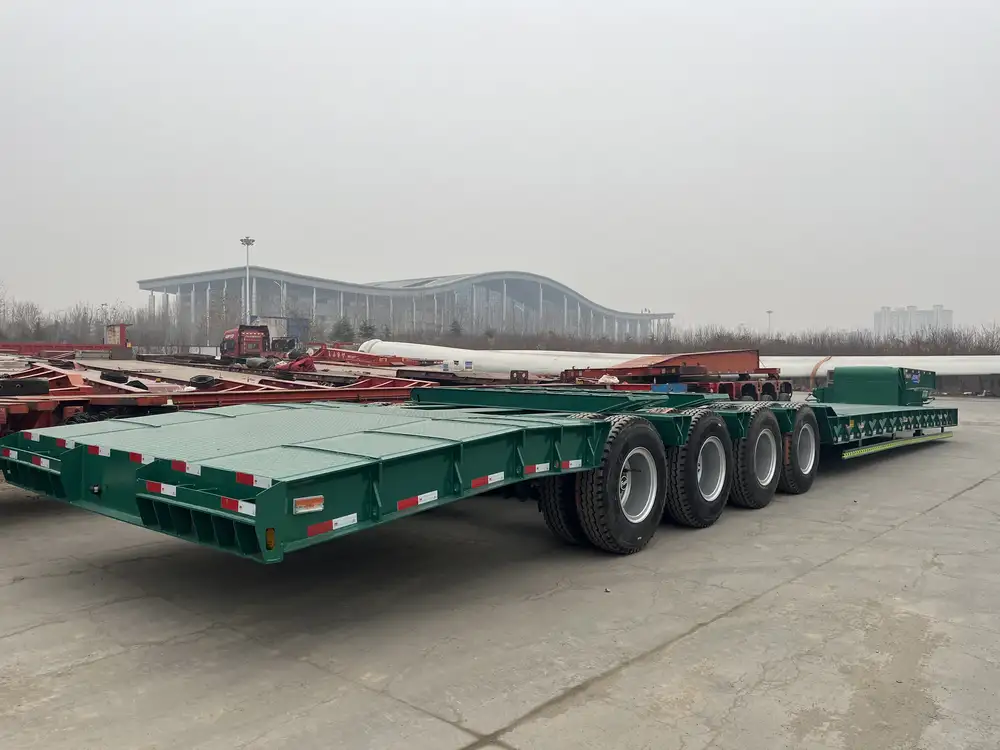When delving into the world of heavy-duty transportation, terminology often poses a challenge for both seasoned truck drivers and newcomers alike. Among the myriad of terms floating around, one question frequently arises: What do you call a semi without a trailer? This article will dissect this question meticulously, exploring the underlying concepts, specific definitions, and the implications of operating a semi-truck independently of its trailer.
The Basics: Semi-Trucks Made Simple
Before addressing the terminology, it’s essential to establish a foundational understanding of semi-trucks, also known as articulated lorries or simply semis. These vehicles consist primarily of two parts:
The Tractor: This is the front section, which contains the engine and is responsible for providing power to the vehicle. It’s here that the driver operates the vehicle.
The Trailer: The rear section, which is detachable, is used for transporting goods. Trailers come in various types depending on their intended cargo.
When a semi-truck is operating with its trailer, it’s an integrated system designed for efficient transportation of goods over long distances. However, the question arises: what happens when this symbiosis is disrupted?
Defining the Semi Without a Trailer
When a semi-truck is detached from its trailer, the remaining unit is referred to as a tractor unit or simply a tractor. This designation emphasizes that the vehicle’s primary function remains: to haul and transport goods, but currently lacks the trailer component critical to carrying cargo.

Understanding the Concept of a Tractor
- Functionality: The tractor is designed primarily for towing. It is equipped with a fifth wheel coupling mechanism located at the rear, which connects to the trailer.
- Characteristics: This part of the semi is typically characterized by a powerful engine, robust chassis, and a cab designed for driver comfort and control.
Alternative Terms and Slang
While “tractor” is the most technical term for a semi without a trailer, alternate jargon exists within the trucking community:
- Bobtail: Often used to describe a semi that is operating without a trailer. This term has a somewhat informal connotation. The derivation comes from the idea that the rig resembles a ‘bobtail’ cat with a shortened tail due to the absent trailer.
- Naked Tractor: A more humorous term, likening it to being devoid of its essential coupling partner.
- Solo Unit: This term emphasizes the independent operation of the tractor without its trailer.
Understanding these terms adds another layer of comprehension about the trucking industry, which often communicates in unique vernacular.
The Practical Implications of a Detached Semi
Operating a tractor without its trailer is not merely a semantic exercise; it has real-world implications that impact efficiency, handling, vehicle performance, and regulatory considerations.

Efficiency and Performance
When a semi-truck operates without its trailer (in bobtail delivery), its fuel efficiency may actually improve slightly. This is due to the decreased weight and drag, making the tractor easier to maneuver. Below is a quick comparison:
| Aspect | With Trailer | Without Trailer (Bobtail) |
|---|---|---|
| Weight | Heavier (tractor + trailer weight) | Lighter (only tractor weight) |
| Fuel Consumption | Higher fuel consumption due to added weight | Potentially lower fuel consumption |
| Maneuverability | Limited due to size and length | Improved; easier to navigate tight spaces |
| Driving Experience | More challenging in tight areas | Less cumbersome; easier handling |
Handling and Maneuverability
Detached from a trailer, a tractor unit can navigate urban environments and tight spaces with more agility. This enhanced maneuverability can be useful in a variety of scenarios, such as service calls or when entering restricted areas.
Safety Considerations
It’s crucial to recognize that operating a semi-truck without its trailer presents different safety dynamics. The vehicle may have a greater tendency to tip when making sharp turns due to the shift in center of gravity. Furthermore, this can influence braking distances and overall stability, necessitating that operators exercise caution.

Legal and Regulatory Aspects
The operation of a tractor without a trailer also poses unique legal et obligations:
- Licensing: The necessary licensing requirements remain largely the same, but there may be variations in different states or countries.
- Insurance Coverage: Insurance policies may differ when a vehicle is in bobtail mode versus when it’s hauling a trailer. It’s crucial for operators to ensure they have adequate coverage for both scenarios.
The Perspective from the Industry
For many in the trucking industry, detaching the trailer is not uncommon. Many truckers will bobtail for specific operational needs, such as:
- Traveling back to a base after delivering goods.
- Traveling to pick up a trailer.
- Responding to service calls.
Operational Efficiency: Resource Allocation
For logistics and fleet managers, understanding the implications of tractor operations influences situational resource allocations and increases overall fleet efficiency. Here’s a breakdown of potential scenarios and considerations:
| Scenario | Actions and Considerations |
|---|---|
| Returning to the depot after a drop-off | Allocate time for refueling and maintenance checks. |
| Traveling to pick up a trailer | Ensure appropriate communication with dispatch for load assignment. |
| Service response calls | Factor in vehicle agility when scheduling to reduce downtime. |

Broader Implications for Trucking Companies
The ease of a tractor operating in a bobtail mode can impact operational decisions at a strategic level.
Revenue Impact
When considering service models, trucking companies might find that bobtail operations allow for:
- Faster response times due to increased maneuverability.
- Enhanced flexibility in planning different types of jobs, including short trips or emergency pickups.
Strategic Partnerships
Strategically, companies might engage in partnerships with freight brokers who can provide loads that utilize tractor units without the need for trailers. This can allow for more efficient operations under certain conditions while expanding the units’ revenue-generating capabilities.

A Look Ahead: The Future of Trucking
As technology advances, particularly with autonomous trucking solutions on the horizon, the concept of detached tractor units may evolve further. Innovative technologies like
- Telematics: Enhanced tracking of tractor units for operation optimizations.
- Driver Assistance Systems: Aid drivers in learning how to handle tractor units safely without trailers.
will likely provide additional safety measures, ensuring that whether in a bobtail state or attached to a trailer, the operational workflow remains effective and efficient.
Conclusion: The Importance of Clarity in Trucking Terminology
Understanding what a semi-truck is called without its trailer—a tractor, a bobtail, or a naked tractor—goes beyond simple terminology; it is critical for seamless communication within the transportation industry. This knowledge aids truck drivers, fleet managers, and even customers in grasping the complexities that come with semi-trailer operations.
Knowledge is power; as the trucking industry continues to evolve with new technology and operational practices, the significance of precise terminology cannot be overlooked. Whether you are maneuvering through city streets as a bobtail or optimizing logistics for a fleet, understanding these nuances enhances every aspect of trucking operations.



